LittleMike
No longer a newbie, moving up!
- Joined
- Feb 17, 2010
- Messages
- 295
- Reaction score
- 29
- Location
- Utah
- Can others edit my Photos
- Photos OK to edit
This is a single 27.5 minute exposure taken at night of one of the most famous trees in Zion N.P.. I call it the Survivor tree because that is the feeling it implies to me. An old, gnarled pine snag alone on top of a small sandstone hoodoo that just refuses to say die. It is probably the single most photographed tree in the park, which is why I decided to capture it in a new and unique way. I chose to let the moon (and stars) be the only light source for the image, and positioned Polaris (a.k.a. the North Star) under the tree in an attempt to make it seem like the stars were rotating around it. I realize that the needles are blurred, but that just kind of comes with the territory when you're taking an exposure of a plant that's nearly a half hour long. I just hope it doesn't detract from the overall image too much.
I also decided to experiment and try a slightly higher ISO than what is generally called for (320 instead of 100). I figured that a slightly higher ISO would make it easier for the sensor to pick up the light from the stars, in order to make them a little brighter. I took several shots at varying ISO settings, and believe this came out the best. There was hardly any more noise with it set at 320 vs 100, and was easy to correct in RAW.
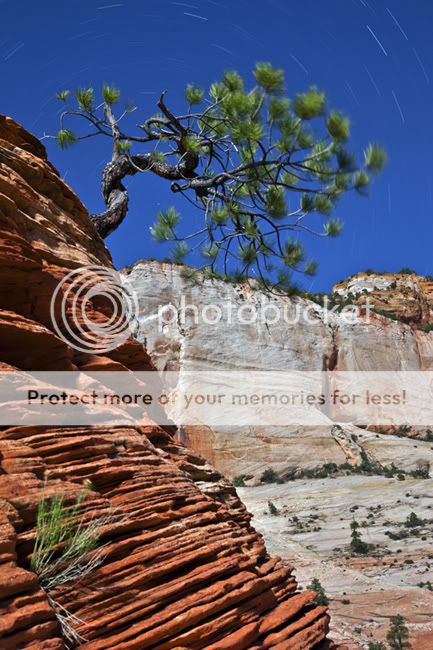
Canon 5D mkII w/24-105L
f/10
27min 31 sec exposure
ISO 320
I also decided to experiment and try a slightly higher ISO than what is generally called for (320 instead of 100). I figured that a slightly higher ISO would make it easier for the sensor to pick up the light from the stars, in order to make them a little brighter. I took several shots at varying ISO settings, and believe this came out the best. There was hardly any more noise with it set at 320 vs 100, and was easy to correct in RAW.

Canon 5D mkII w/24-105L
f/10
27min 31 sec exposure
ISO 320


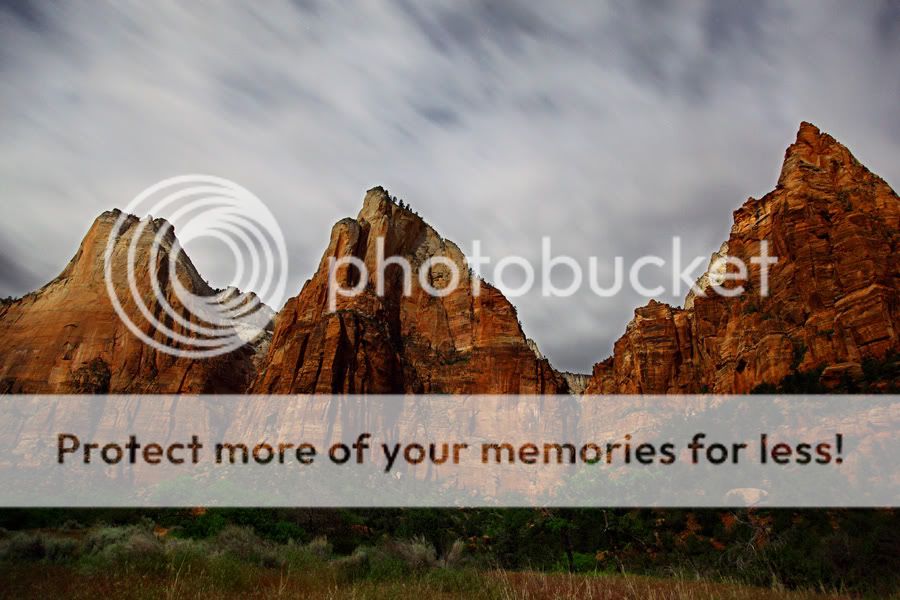
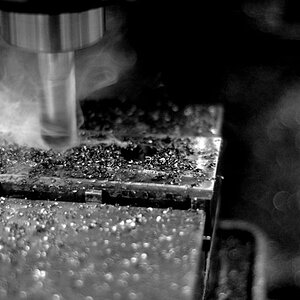
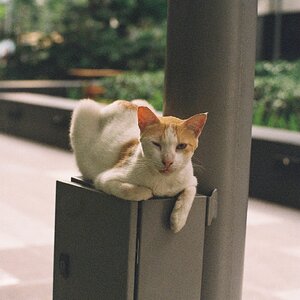
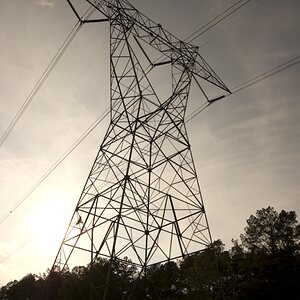
![[No title]](/data/xfmg/thumbnail/34/34054-75057fa828bda4184ea808ff8bd8dfcf.jpg?1619736254)
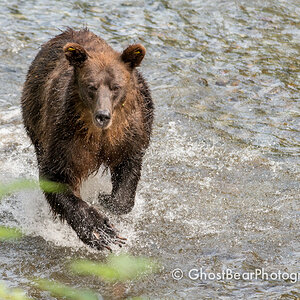
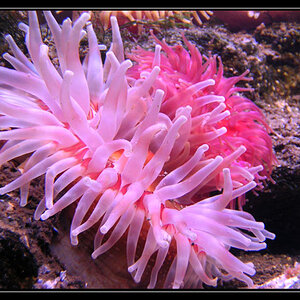
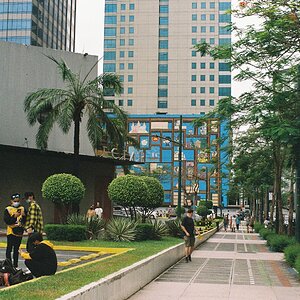
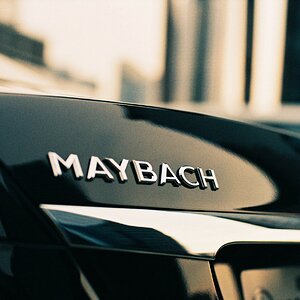

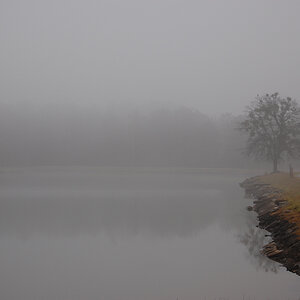
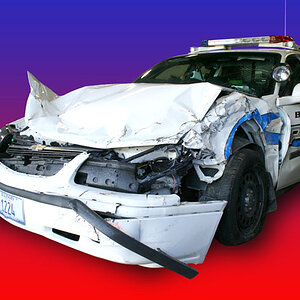
![[No title]](/data/xfmg/thumbnail/34/34055-9c9c587b8094b98e1010fe73cead6994.jpg?1619736255)